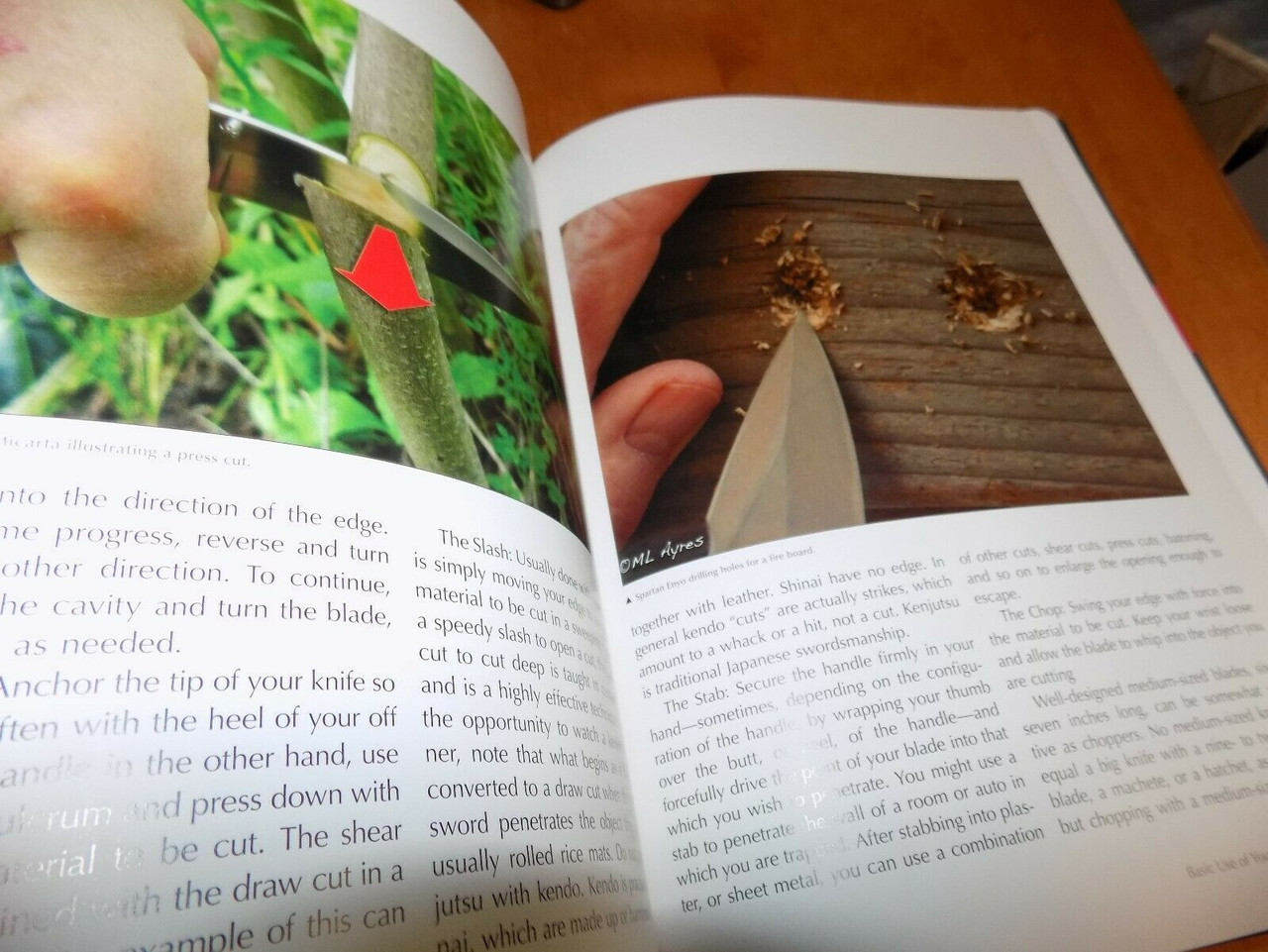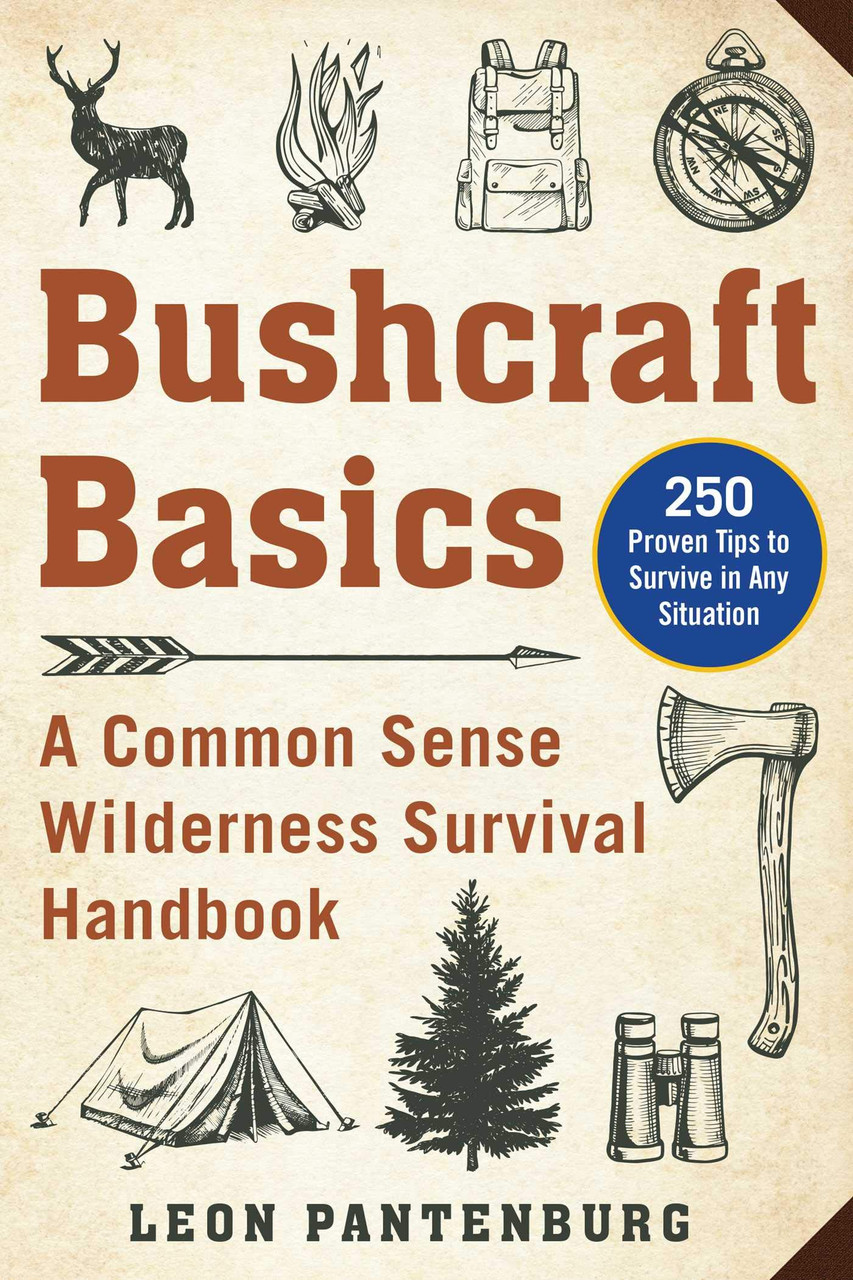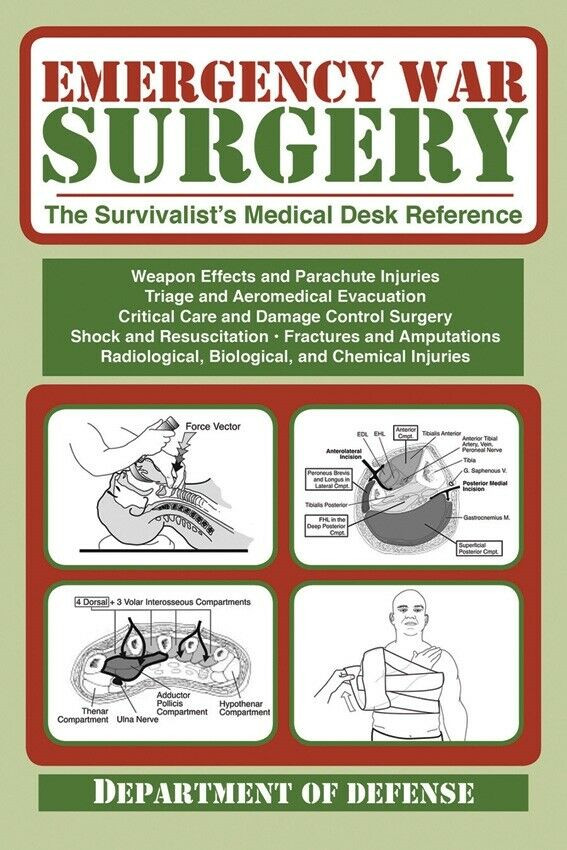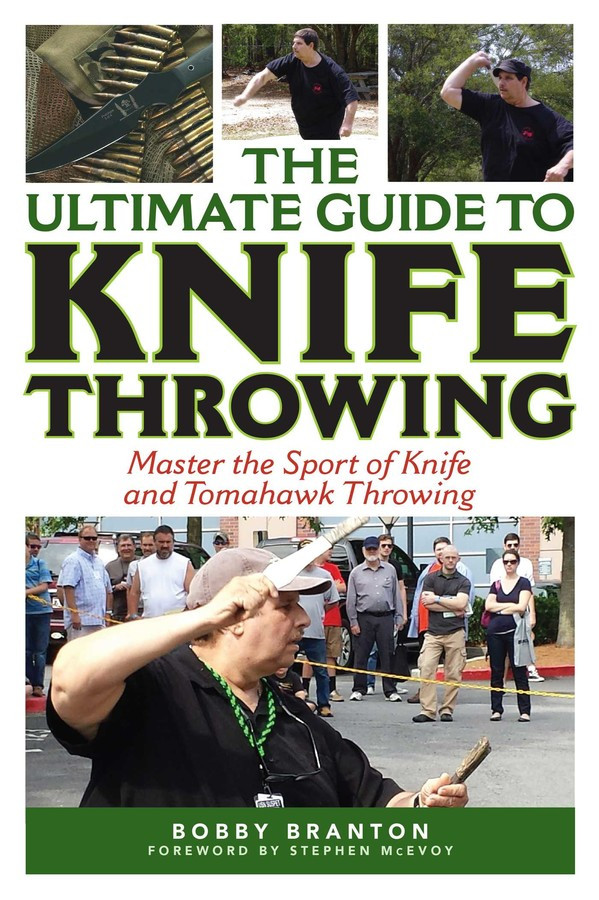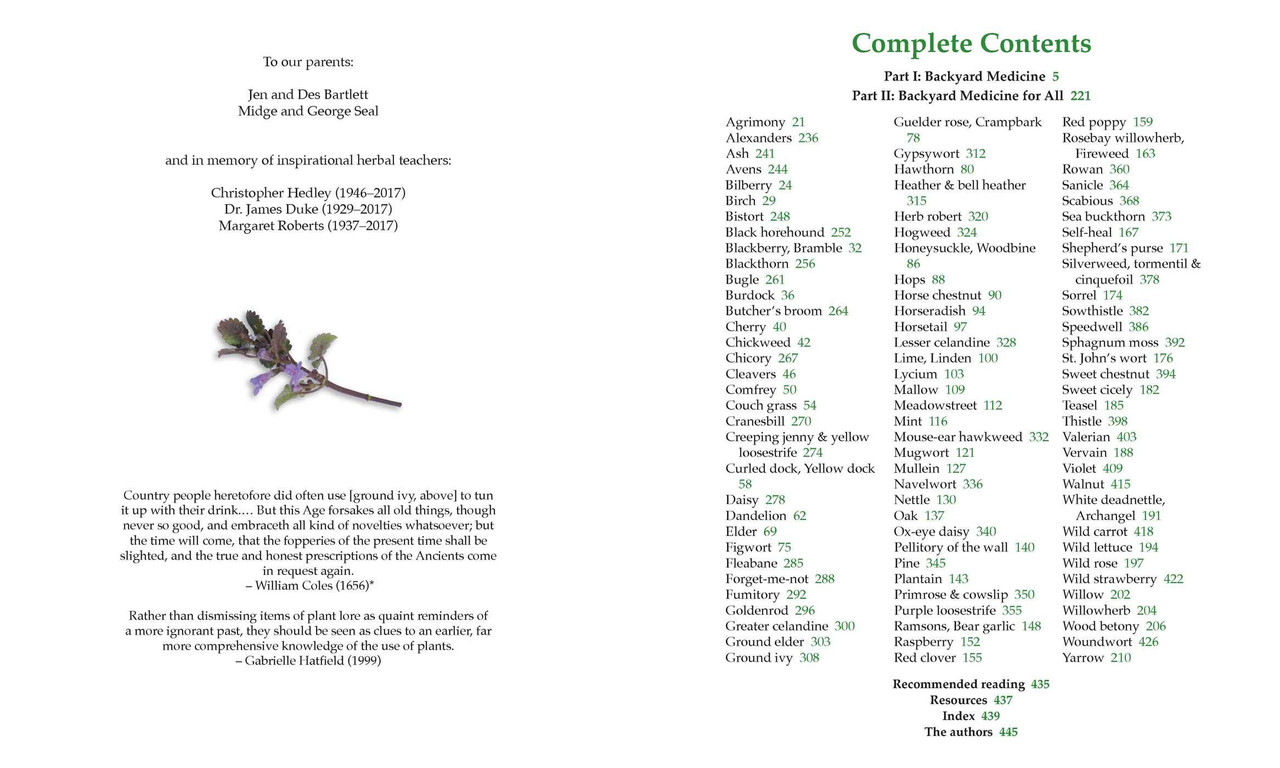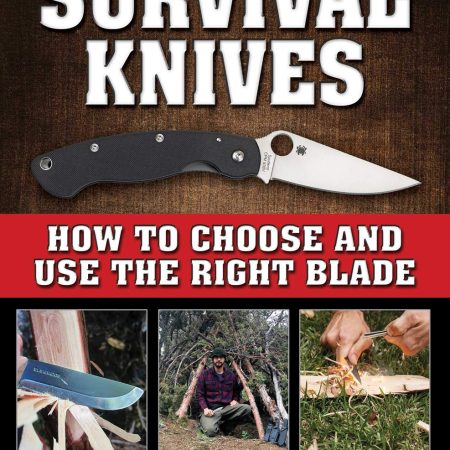| Content | Some survival guides explain the basics of how to make primitive tools. But do you know how to actually successful hunt with spear, throwing stick, bola, or primitive bow? Making tools that you do not know how to hunt with will not get you to meat. If you’re hunting with primitive weapons, especially crude survival weapons you’ve made in the field under actual survival conditions, you must adapt your strategy to the weapons available or go hungry.
Author James M. Ayres grew up in the Midwest hunting squirrels, rabbits, and other small game with bows, spears, atlatls, and bolas he made myself. He has hunted with bow, spear, net, and other primitive weapons with the Lacandon in Yucatán, the Igorots in the Philippines, the K’iche’ in Guatemala, the Sasak in Indonesia, and others. In Survival Knives, he shares his knowledge so you, too, can survive using such tools and weapons.
It’s not enough to have a knife and know how to make basic hunting weapons. That’s craftsmanship—not survival. Nor is it enough simply to have a knife when trapped in an emergency situation, like a collapsed building. You need to know how to conserve your knife and use it properly to escape so that it will not break and you are not injured.
Learn how to use survival knives, and how to use the tools and weapons you can make with the knife—not only in wilderness, but also in urban areas, foreign countries, and disaster zones such as earthquakes, floods, fires, and civil insurrections.
| In Bushcraft Survival, Pantenburg delivers practical tips and anecdotes that cater to readers who are looking to improve their outdoor skills and prepare for every potential disaster. Drawing from his personal experience as an avid outdoorsman and years as a journalist, Pantenburg lays out easy-to-follow steps to prep for both short and long-term survival situations.
As natural disasters become increasingly present and people continue to rely on reality television shows for survival tips, developing bushcraft abilities is becoming more and more important. In this thorough handbook, Pantenburg covers a wide range of topics, including:
- Developing a survival mindset
- Crafting survival kits
- Choosing clothing best suited to survival
- Picking materials and objects to help you survive
- Building a variety of shelters
- Deciding what survival tools you should pack and which you should leave at home
- Effectively make a fire using different techniques
Filled with time-tested techniques and first-hand experience, Bushcraft Survival is the ideal book for those who want to step up their hiking or camping game, as well as those who are searching for relevant advice on emergency preparedness.
| Anyone who wants to improve his or her health in a completely natural way will find this book to be an absolute must-have for his or her home—and garden.
| This is the illustrated official field manual used by US Army doctors and soldiers in the field. It offers profession, proven advice on dealing with infections, head injuries, fractures, burns, and more. For active-duty soldiers, first-responders, and anyone who might find themselves in a survival situation, it is a remarkable resource.
Military surgeons must assume a leadership role in combat casualty care in circumstances that are far less than ideal. This handbook provides much of the information needed to tackle these issues and features state-of-the-art principles and practices of forward trauma surgery as used by military physicians in far flung locations around the globe. Subjects include:
- Hemorrhage Control
- Shock and Resuscitation
- Vascular Access
- Anesthesia
- Face and Neck Injuries
- Thoracic Injuries
- Wounds and Injuries of the Spinal Column and Cord
- Amputations
- Radiological Injuries
- Biological Warfare Agents
- Chemical Injuries
- And much more!
Featuring nearly 200 illustrations demonstrating proper techniques, Emergency War Surgery is the most trusted and up-to-date manual offered by the Department of Defense for military medical personnel in the field.
| Features of Pocket Guide to Emergency First Aid from Pocket Guides Publishing:
- Sections dealing with all kinds of medical emergency situations
- Great companion guidebook to the Pocket Guide to Outdoor Survival
- Spiral binding lets pages lay flat for easy reading in the field
- Side tabs let you find the right chapter quickly
- Fully waterproof (tested by soaking in water for months on end), and astonishingly durable - dirt-proof, tear-proof, wind-proof, kid-proof.
- Pages are made of specially formulated, heat-treated, PVC plastic - polished, resin-coated polyvinylchloride polymer). Pages feature:
- Bright white printing surface - all printing is clear and precise
- Virtual indestructibility - the pages can't rip or tear, and the corners won't bend over
- Flexibility - pages can bend without breaking
- Washable surface - just wipe clean after use or wash in water
- Steel rule die cut with polished edges - the corners won't poke you while in your hand or in your pocket, as often happens with plastic printed materials
- Will not warp, fade or deteriorate. (Keep out of direct sunlight for prolonged periods - nothing can prevent the sun's ultraviolet rays from "yellowing" any kind of paper or plastic. Under normal conditions it will take years of use for these Pocket Guides to "yellow", and even then they will remain clear and perfectly readable!)
| This is a full-color edition of the very first Boy Scouts Handbook, complete with the wonderful vintage advertisements that accompanied the original1911 edition, Over 40 million copies in print!
The original Boy Scouts Handbook standardized American scouting and emphasized the virtues and qualifications for scouting, delineating what the American Boy Scouts declared was needed to be a “well-developed, well-informed boy.” The book includes information on:
- The organization of scouting
- Signs and signaling
- Camping
- Scouting games
- Description of scouting honors.
Scouts past and present will be fascinated to see how scouting has changed, as well as what has stayed the same over the years.
|

